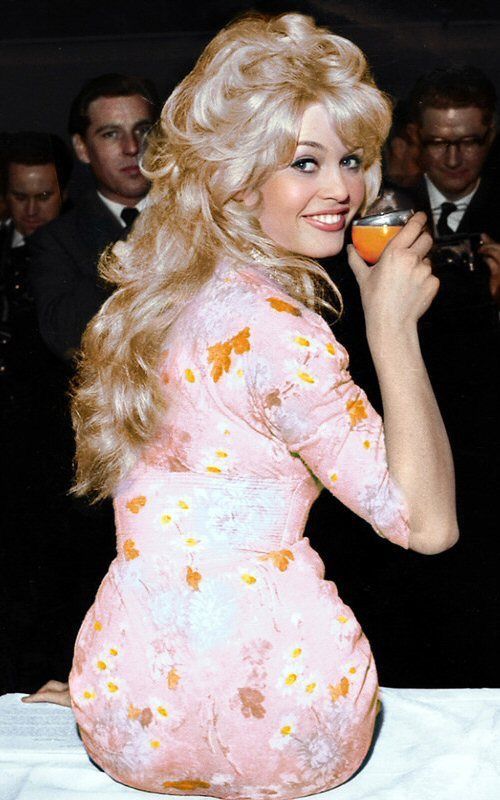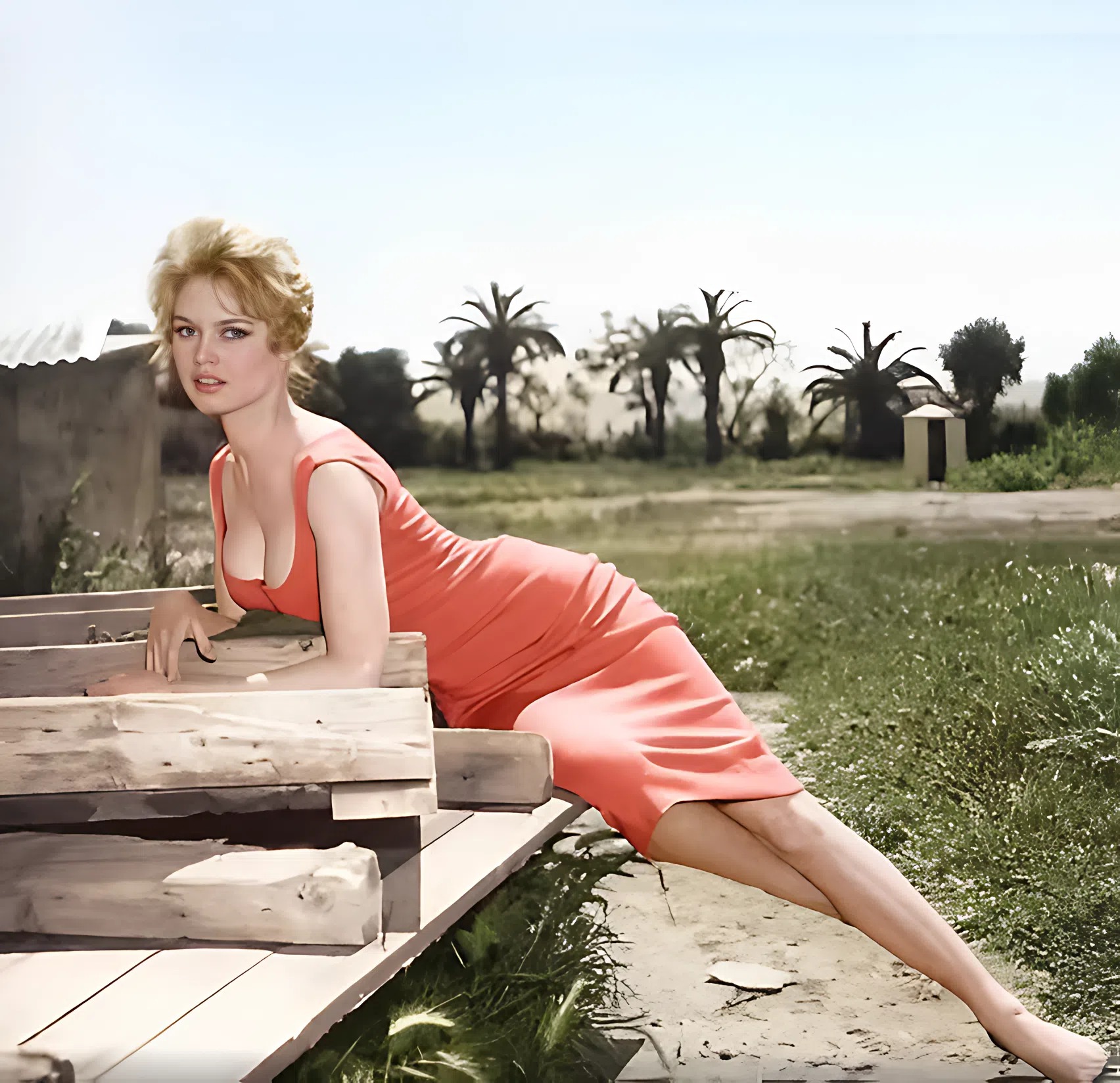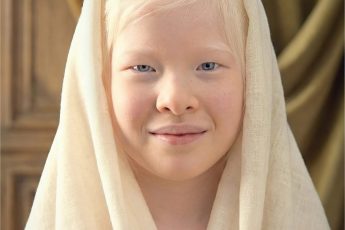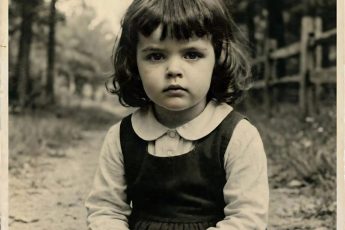In 1958, Brigitte Bardot was not just another actress on the rise — she was a cultural shift in motion. At a time when post-war France was still searching for its modern identity, Bardot appeared on screen with an electric, inexhaustible and unmistakably new presence. With her tousled blonde hair, enigmatic gaze and effortless charm, she embodied a spirit of rebellion and liberation that resonated far beyond the screen.
That year marked a turning point in Bardot’s career and in cinema itself. Her role in And God Created Woman had been released two years earlier, but by 1958 its impact was in full force. The film — provocative and unapologetically bold — challenged traditional notions of femininity, drawing both criticism and admiration. Bardot portrayed Juliette as sensual, yes, but also emotionally raw and self-possessed. Audiences were mesmerised. The world took note.

Bardot was not only different in appearance — she rejected carefully crafted Hollywood glamour in favour of something more unpredictable and real. She seemed untouched by the harsh polish of the studio system. Her energy was instinctive, even provocative. She brought an authenticity to her performances that matched the avant-garde spirit of the French New Wave, making her part of not only a cinematic but a deeper cultural evolution.

By 1958, Bardot had become more than just a film star — she was a fashion muse and an icon of individuality. Her off-screen persona, characterised by loose silhouettes, natural hair and a wardrobe that prioritised comfort over convention, influenced women across all continents. The world didn’t just want to look at Bardot — it wanted to dress like her, walk like her, live like her.

Of course, with such a rapid rise came controversy. Her fame sparked public debates about morality, celebrities, and the boundaries of art. She was adored and criticised in equal measure, but never ignored. The Bardot phenomenon symbolised a broader conversation about youth, freedom and the changing role of women in society.

Today, the image of Brigitte Bardot, created in 1958, remains iconic. Not only as a fashion icon or screen star, but as a figure who helped redefine the coexistence of femininity, independence and authenticity. She didn’t just create a character, she created a movement.
And it all crystallised in a single year. 1958 was the moment when Brigitte Bardot became timeless.





















